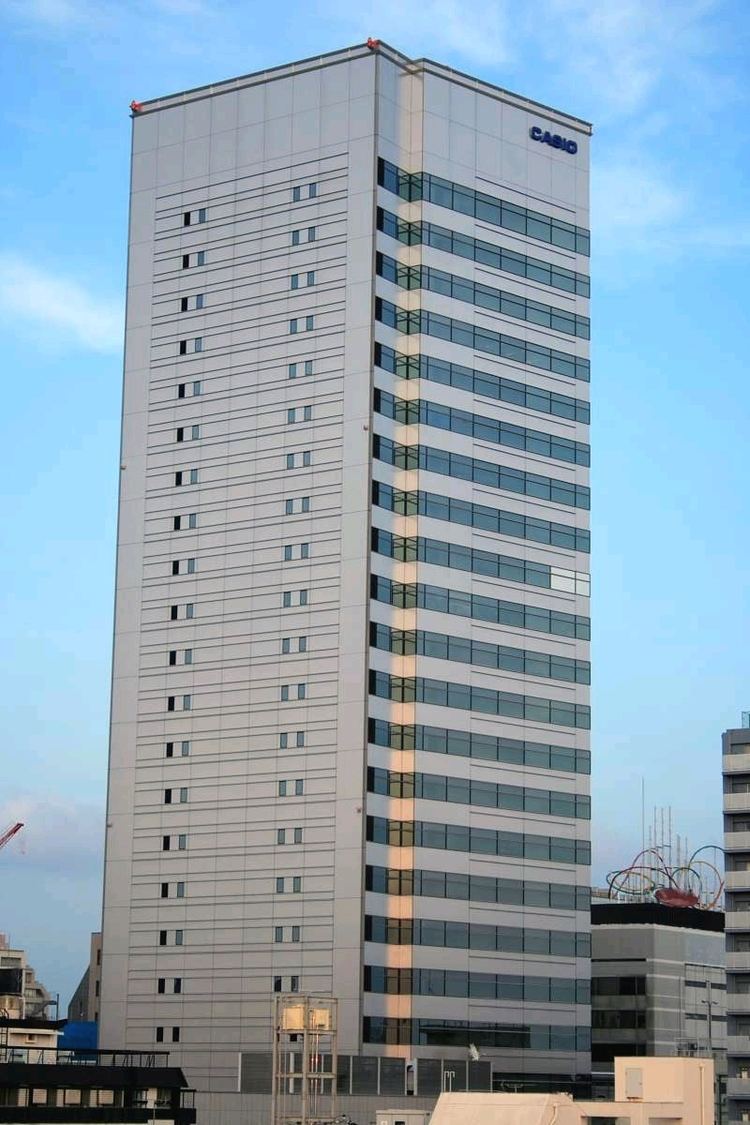Type Pocket Computer Processor Hitachi HD62002A01 | Display type LCD Dot-matrix Programming language(s) BASIC | |
 | ||
The Casio FX-850P is a scientific calculator introduced in 1987 and sold until 1992.
Specifications
User's manual at http://www.usersmanualguide.com/casio/calculators/fx-850p
The calculator had a BASIC interpreter, MEMO function, a formula library. The built-in 8 kB memory could be expanded using the optional Casio RP-8 (8 kB) or RP-33 (32 kB) RAM expansion modules. An optional Casio FA-6 interface board provided a cassette tape recorder connector, a Centronics printer connector and an RS-232C port. The calculator could print data and listings on any Centronics printer; printing graphics required the Casio FP-100 plotter-printer.
Later, Casio released the FX-880P, which had 32 kB built-in memory. With a RP-33 expansion module, this model could be upgraded to a total of 64 kB.
The memory layout is:
Memory area A000-FFFF was either available as user memory (if expansion was present), or would simply repeat the contents of 0000-1FFF
A few glitches are:
The internal function library was programmed in BASIC itself and could be extracted with a BASIC decompiler.
Any function in the library can be executed from a regular BASIC program by using GOTO "LIB0:NNNN" where NNNN is the function number (e.g. 5010 for prime factorization). The command GOTO "LIB0:0400" executes a self-test program.
Characters 252 to 255 were user defined. They could be defined by issuing the command DEF CHR$(n)="HHHHHHHHHH" where n ranges from 252 to 255 and the H's are 10 hexadecimal digits (5 bytes). Every byte defines the pixel pattern for a column. Since a column is 7 pixels high, the least significant bit of every byte is ignored.
The CHR$(26) would activate a different character set for Katakana and Kanji characters. CHR$(27) would deactivate Kanji.
Via a serial cable the calculator could connect to a PC or to another Casio FX-850P, allowing the transfer to MEMO and stored programs.
